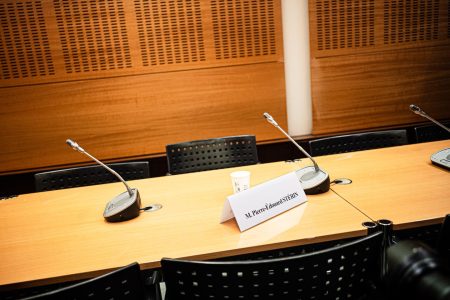Teachers have noticed a trend among students where they struggle to read time on traditional clocks with hands. Some teachers have reported that students ask them for the time during exams because they are unable to read the clock. This issue has become more prevalent in recent years, with students becoming reliant on digital devices like phones to tell time instead of traditional clocks. This shift has led to students feeling lost when faced with analog clocks in exam settings.
In response to this trend, some students have resorted to purchasing digital watches or portable travel alarms to keep track of time during exams. These items are popular among students during exam season, with sales of vintage Casio watches and small portable alarms increasing. Students often place these devices on their desks during exams, especially when smartwatches are prohibited. The reliance on digital devices to tell time has become a common practice among students, highlighting the diminishing ability to read time on traditional clocks.
Some schools have even taken the step of replacing analog clocks with digital ones to alleviate the stress and confusion for students. In the UK, the Association of School and College Leaders has recommended the switch to digital clocks in schools after noticing that students were struggling to read traditional clocks. The move to digital clocks aims to make it easier for students to understand how much time they have left during exams, reducing anxiety and confusion.
Language teachers, in particular, have observed the decline in students’ ability to read analog clocks. Paula Antunes, an English teacher, noticed this trend when she first started teaching fifteen years ago. She found that students struggled with learning to tell time using terms like “past,” “to,” and “o’clock.” To adapt to this, she stopped using clocks with hands in her teaching. Even now, students continue to rely on their phones to check the time during exams, despite it being against school rules, citing that digital clocks are easier to read than analog ones.
The reliance on digital devices for telling time has become a widespread issue among students, impacting their ability to read traditional clocks with hands. This trend has prompted some schools to switch to digital clocks to help students keep track of time during exams. Teachers have noticed students struggling to tell time on analog clocks, leading to them resorting to digital devices for timekeeping. This shift highlights a broader issue of increasing dependence on technology for everyday tasks, including something as basic as reading a clock. As the education sector adapts to these changes, it will be essential to find a balance between embracing digital tools and maintaining fundamental skills like reading time on traditional clocks.















